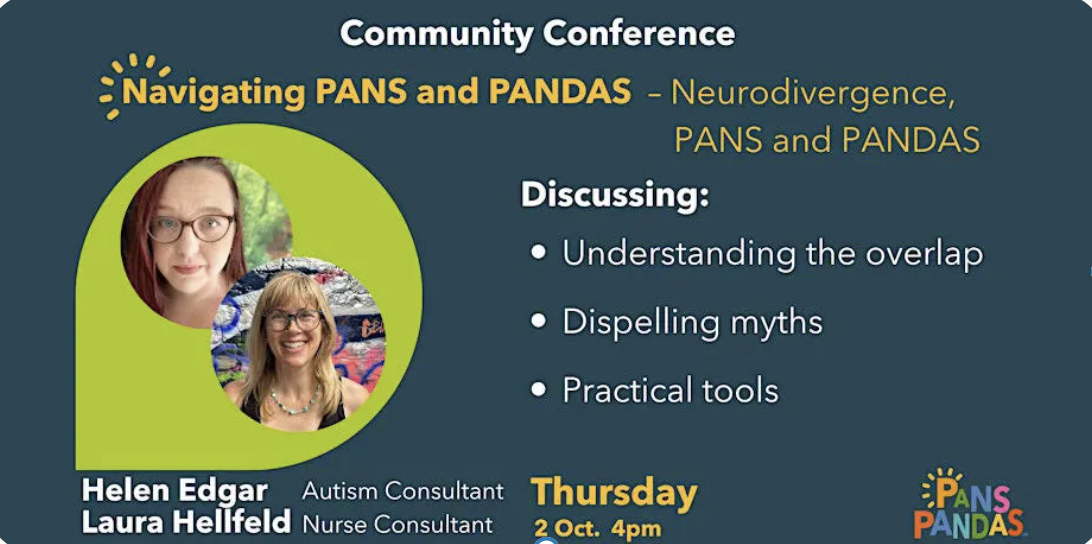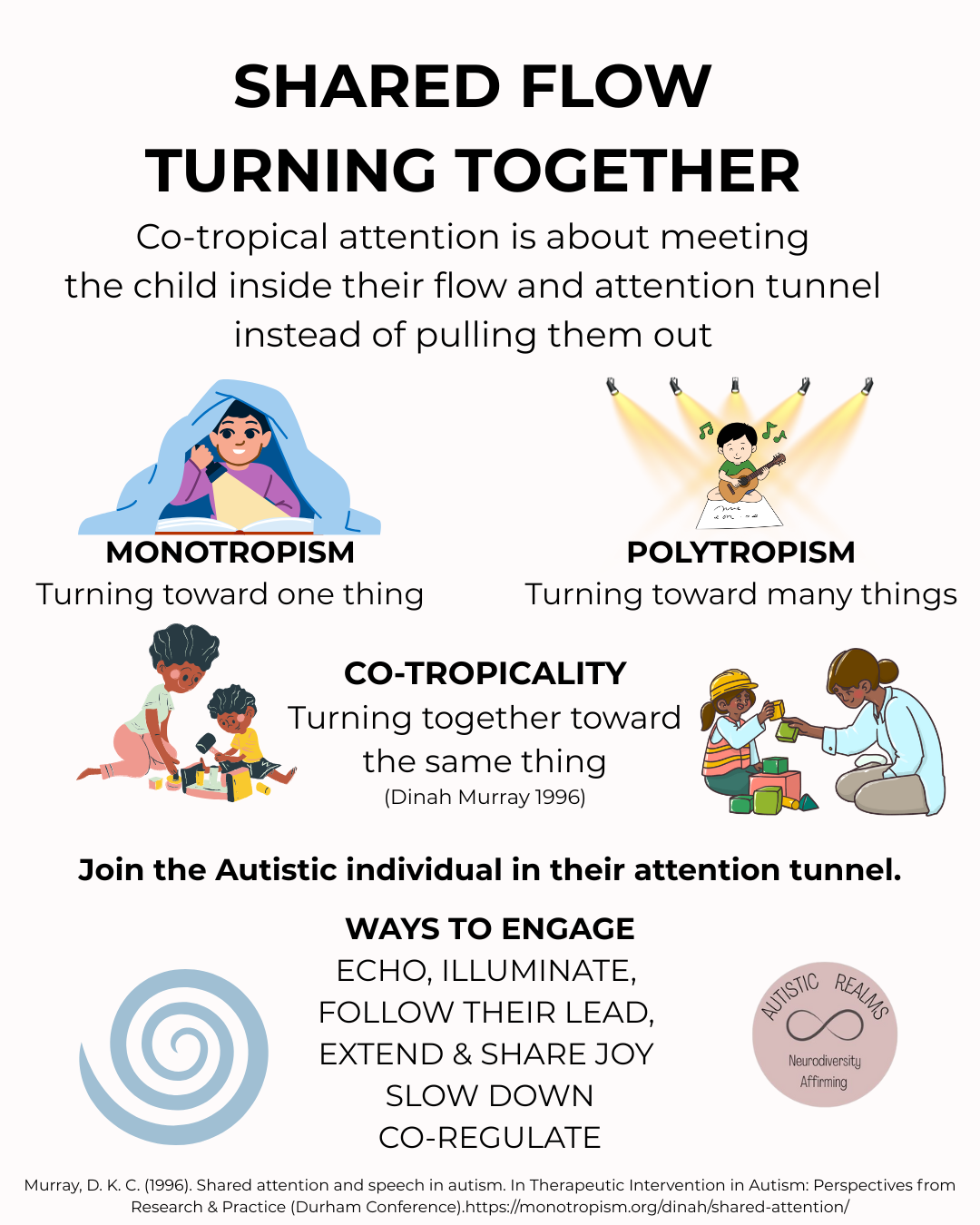Your basket is currently empty!

What does ‘neuro-affirming’ mean for Autistic young people?
This blog was written by myself, Helen Edgar of @autisticrealms for GROVE. I am delighted to work with Grove Neurodivergent Mentoring and Education as their Training, Education & Resource Specialist. This blog was edited by Jess Garner, GROVE’sFounder/Director.
The blog, ‘What does ‘neuro-affirming’ mean for Autistic young people?’ is available to read on GROVE’s website, along with many other resources and information that support young people and their families.
Please share and let us know what you think!
All of GROVE’s team are Autistic, and many of us are parents/carers of Autistic young people, so we know how challenging life can be, especially when battling societal structures and systems that feel like they are set up to hinder Autistic thriving.
Society generally still has a ‘pathological’ and ‘deficit-based’ view of Autistic experience and identity, which means that autism is still often seen as a ‘thing’ that needs to be fixed often by moulding Autistic people into neuro-normative ways of being that aren’t conducive to our well-being. Many of GROVE’s Mentor’s own children have suffered because of this happening in our education system especially (have you read Jess’ MA work on school attendance?). All of this can be harmful for Autistic people, causing mental health problems and leading to high levels of masking and burnout (Pearson and Rose, 2023).
We need to flip the narrative and help society see that there is another way to view Autistic experience and identity – one founded upon the belief that Autistic ways of being are perfectly valid, human ways of being and where knowledge about being Autistic is created by Autistic people. At GROVE, we believe young people should be supported to access this knowledge, helping them understand and embrace their authentic Autistic experience and identity and feel empowered to advocate for their needs as they grow up.
But, what is ‘autism’?
When we view ‘autism’ as pathological, this results in a deficit-based framing of Autistic experience and identity whereby people seek to define autism as a ‘thing’ some people ‘have’ manifesting through a list of faults. We find dehumanising descriptions such as ‘persistent impairment in reciprocal social communication and interaction’ with ‘symptoms’ impairing ‘everyday functioning’ (DSM-V, 2013). But those aren’t the things that make someone Autistic.
Notions of Autistic ways of being arising from a disorder or condition rest upon something inherently faulty in its own right – an assumption that there exists an ideal, normal neurocognitive style of being with any deviation from this being inherently wrong (Chapman, 2021; Walker, 2021). Which is simply not true.
Being Autistic has been referred to as ‘being human without the skin’ (Dawn Prince-Hughes, CASY 2024) as Autistic people can be so susceptible to their environment (and environment includes people’s attitudes and behaviours). Of course, sadly we are also susceptible to the stigma and prejudice pathologising Autistic experience and identity has created.
Further topics like the Double Empathy Problem (Milton, 2012), the theory of Monotropism (Murray, 2005), and sensory processing will be explored in later blogs, adding richness to our understanding of what it means to be Autistic.
“Autism + Environment = Outcome” (Luke Beardon)
When thinking about meeting the needs of an Autistic person, we need to consider ways we can change the environment to meet their needs instead of expecting the Autistic person to change to fit in. Luke Beardon is a lecturer at Sheffield Hallam University and has written some fabulous books about supporting Autistic children, such as What Works for Autistic Children (2022), which we highly recommend and we love his famous neuro-affirming equation: “Autism + Environment = Outcome” (Beardon)
What is ‘neuro-affirming’?
To move from pathologising towards being ‘neuro-affirming’ we need to understand the Neurodiversity Paradigm (Walker, 2021):
“The Neurodiversity Paradigm is a perspective that understands, accepts and embraces everyone’s differences. Within this theory, it is believed there is no single ‘right’ or ‘normal’ neurotype, just as there is no single right or normal gender or race. It rejects the medical model of seeing differences as deficits.” (Edgar, 2023)
Nick Walker expands on this idea in far more detail in her book Neuroqueer Heresies and on her website.
Being neuro-affirming is more than changing your language and using the neurodivergent community’s preferred identity first (Kenny et al., 2016; Gray-Hammond, 2024). Being neuro-affirming is about shifting your mindset away from deficit-based, pathologising beliefs and approaches that try to change or ‘fix’. Instead, it is about looking at how we can change the environment to meet needs, as advocated for by Beardon (2017).
How can I be neuro-affirming?
How to be neuro-affirming will look different in practice for everyone because it depends on individual interests and sensory, social, communication and physical needs. But having solid foundations is a good start. Here are GROVE’s Neuro-affirming Foundations:
GROVE’s Neuro-affirming Foundations:
- Our approaches are grounded in the principles of Neurodiversity Paradigm.
- We recognise the pervasive role of ableism within society, including the influence of internalised ableism. We aim to challenge ableist narratives about neurodivergent people.
- We are committed to being anti-racist.
- We are committed to being LGBTQIA+ affirming.
- We recognise and respect each individual’s intersectional identity and are committed to unpacking one’s own privilege.
- We aspire to work in a way that is trauma informed.
- We respect all forms of communication and presume competence.
Our Neuro-affirming Foundations enable us to aspire, wherever possible, to create an accessible and emotionally, psychologically, sensorially, relationally safe space for GROVE’s young people, their families and those with whom we work.
These foundations create the potential for authentic connection, community and growth in a meaningful way for each individual – for instance, developing meaningful relationships, a sense of belonging, possibly developing self-understanding, positive self-esteem and neurodivergent identity.
Perhaps consider how these principles might shape your beliefs and approach going forward.
References and Further Reading:
- American Psychiatric Association. (2013). Diagnostic and Statistical Manual of Mental Disorders (DSM-V®). American Psychiatric Publishing.
- Beardon, L. (2022). What works for Autistic children. Sheldon Press
- Chapman, R. (2021b). Neurodiversity and the Pathology Paradigm Uncovering the forgotten history of normality. Psychology Today. https://www.psychologytoday.com/gb/blog/neurodiverse-age/202108/neurodiversity-and-the-pathology-paradigm
- Gray-Hammond, D. (2024, May 31). Autism Language Preference Survey 2024 – Emergent Divergence. Emergent Divergence. https://emergentdivergence.com/Autism-language-preference-survey-2024/
- Kenny, L., Hattersley, C., Molins, B., Buckley, C., Povey, C., & Pellicano, E. (2015). Which terms should be used to describe Autism? Perspectives from the UK Autism community. Autism, 20(4), 442–462. https://doi.org/10.1177/1362361315588200
- Milton, D. E. (2012). On the ontological status of Autism: the ‘double empathy problem.’ Disability & Society, 27(6), 883–887. https://doi.org/10.1080/09687599.2012.710008
- Pearson, A., & Rose, K. (2023). Autistic masking: Understanding Identity Management and the Role of Stigma. Pavilion Press.
- Walker, N. (2021). Neuroqueer heresies: Notes on the Neurodiversity Paradigm, Autistic Empowerment, and Postnormal Possibilities.
Blog written by:
Helen Edgar (GROVE Education, Training & Resource Specialist) & Jess Garner (GROVE’s Founder/Director), November 2024
Latest Posts
-
Autistic Burnout – Supporting Young People At Home & School

Autistic burnout in young people is real—and recovery starts with understanding. This post offers neuroaffirming ways to spot the signs, reduce demands, and truly support. 💛 #AutisticBurnout #Neuroaffirming #Monotropism #AutisticSupport
-
Monotropic Interests and Looping Thoughts

The theory of monotropism was developed by Murray, Lawson and Lesser in their article, Attention, monotropism and the diagnostic criteria for autism (2005). Monotropism is increasingly considered to be the underlying principle behind autism and is becoming more widely recognised, especially within autistic and neurodivergent communities. Fergus Murray, in their article Me and Monotropism:…
-
Map of Monotropic Experiences

Monotropism seeks to explain Autism in terms of attention distribution and interests. OSF Preprints | Development and Validation of a Novel Self-Report Measure of Monotropism in Autistic and Non-Autistic People: The Monotropism Questionnaire This map highlights 20 common aspects of my personal monotropic experiences. How many do you experience? Where are you on the map…
-
Autistic Burnout – Supporting Young People At Home & School

Being autistic is not an illness or a disorder in itself, but being autistic can have an impact on a person’s mental and physical health. This is due to the often unmet needs of living in a world that is generally designed for the well-being of people who are not autistic. In addition, three-quarters of…
-
The Double Empathy Problem is DEEP

“The growing cracks in the thin veneer of our “civilised” economic and social operating model are impossible to ignore”, Jorn Bettin (2021). The double empathy problem (Milton, 2012) creates a gap of disconnect experienced between people due to misunderstood shared lived experiences. It is “a breakdown in reciprocity and mutual understanding that can happen between people…
-
Top 5 Neurodivergent-Informed Strategies

Top 5 Neurodivergent-Informed Strategies By Helen Edgar, Autistic Realms, June 2024. 1. Be Kind Take time to listen and be with people in meaningful ways to help bridge the Double Empathy Problem (Milton, 2012). Be embodied and listen not only to people’s words but also to their bodies and sensory systems. Be responsive to people’s…
-
Autistic Community: Connections and Becoming

Everyone seeks connection in some way or another. Connections may look different for autistic people. In line with the motto from Anna Freud’s National Autism Trainer Programme (Acceptance, Belonging and Connection), creating a sense of acceptance and belonging is likely to be more meaningful for autistic people than putting pressure on them to try and…
-
Monotropism, Autism & OCD

This blog has been inspired by Dr Jeremy Shuman’s (PsyD) presentation, ‘Neurodiversity-Affirming OCD Care‘ (August 2023), available here. Exploring similarities and differences between Autistic and OCD monotropic flow states. Can attention tunnels freeze, and thoughts get stuck? Autism research is shifting; many people are moving away from the medical deficit model and seeing the value…
-
Monotropism Questionnaire & Inner Autistic/ADHD Experiences

Post first published 28th July 2023 Over the past few weeks, there has been a sudden surge of interest in the Monotropism Questionnaire (MQ), pre-print released in June 2023 in the research paper ‘Development and Validation of a Novel Self-Report Measure of Monotropism in Autistic and Non-Autistic People: The Monotropism Questionnaire.‘ by Garau, V., Murray,…
-
Penguin Pebbling: An Autistic Love Language

Penguin Pebbling is a neurodivergent way of showing you care, like sharing a meme or twig or pretty stone to say “I’m thinking of you,” inspired by penguins who gift pebbles to those they care about.
-
Navigating PANS/PANDAS & Neurodivergence

Our new PANS/PANDAS info-gathering templates help families, schools & clinicians understand the overlap between neurodivergence and PANS/PANDAS.
-
Shared Flow: Turning Attention To Support Children Together

Discover Dinah Murray’s concept of co-tropicality—turning our attention together. Explore how joining Autistic children in their flow builds trust, co-regulation, and deep relational connection through shared focus and joy.
-
Protecting the Meaning of Neuro-Affirming Practice

Discover what genuine neuro-affirming practice looks like — beyond tokenism and “neurodiversity-lite.” Explore how to protect the heart of the neurodiversity movement and uphold its community-led roots.













